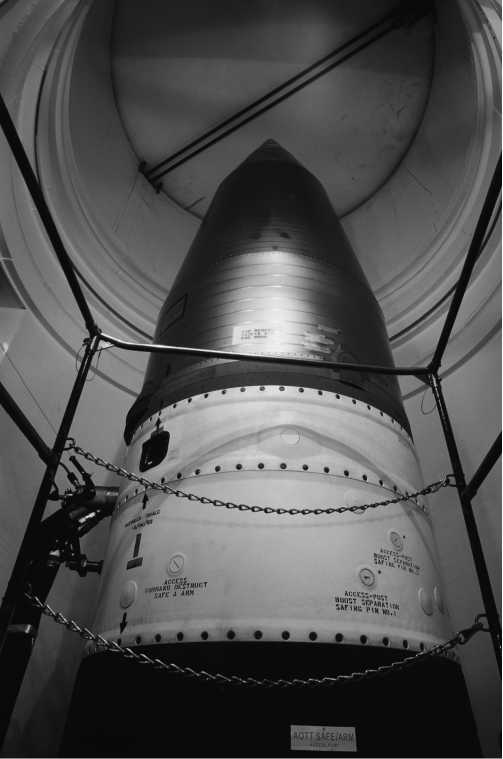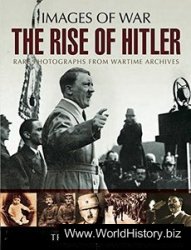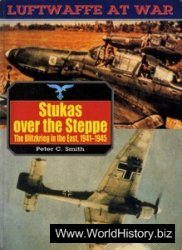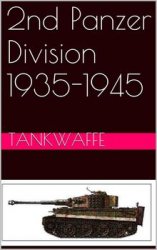US presidents wanted to avoid nuclear war but nevertheless agreed that a robust nuclear posture, that is, a large nuclear arsenal backed by elaborate war plans, was the deeply implicit threat that Washington needed in order to play a central role in shaping world affairs. Since the late 1940s, US policymakers, worried about shifts in the balance of power that could threaten US security and economic interests, believed that a capability to wield the worst possible threat would preserve US influence, discourage Moscow from using military power to coerce US allies, and otherwise deter an attack.
By stationing troops in Western Europe and offering security guarantees through the North Atlantic Treaty Organization (NATO), the United States established a tripwire that raised the stakes if an East-West confrontation turned violent. Even after conditions of nuclear stalemate emerged, key officials such as Secretary of Defense McNamara believed that US strategic forces were necessary not only to deter nuclear attacks against the United States, but also to discourage lesser military challenges to US interests, for example, probes against West Berlin or nuclear “blackmail” of NATO allies. This emphasis on deterrence and diplomatic advantage was inconsistent with the preemptive logic of US, as well as Soviet, nuclear war-planning, and threatened to weaken deterrence, but it was a risk that defense officials accepted.121
The eight years of the Eisenhower administration bequeathed the weapons technology programs and choices of the 1960s. Those weapons - subsonic manned bombers, land - and sea-based ballistic missiles with intercontinental reach - were key elements of US forces for the next three decades. Networks of military services, government scientists, and contractors made new weapons possible, but development and deployment depended on the support of top-level Pentagon officials as well as members of Congress. The Kennedy and Johnson administrations shaped the strategic landscape by eliminating cumbersome liquid-fueled Atlas ICBMs and setting force levels for new solid-fueled missiles, Polaris SLBMs and rapid-firing Minuteman ICBMs. Although the Air Force sought thousands of Minutemen, President Johnson eventually approved 1,000, a politically negotiated number representing McNamara’s thinking on what the services would accept. Long-range weapons deployed later in the 1960s and the 1970s would largely be improved versions of existing delivery systems, such as B-52s, Poseidon and Trident SLBMs, and Minuteman II and III ICBMs.122
Since the late Eisenhower years, Pentagon officials had supported the emerging mixture of forces with what became known as the "strategic triad" concept; each element of the mix of bombers, SLBMs, and hardened ICBMs would hypothetically provide a separate retaliatory capability in the event that the others were destroyed or otherwise failed. Defense officials routinely assumed that hardened Minutemen and relatively invulnerable SLBMs would have the greatest survivability compared to bombers on the ground. While the Strategic Air Command (SAC) kept nuclear-armed B-52s on airborne alert during 1960-68, this was a risky enterprise. Nuclear accidents over Spain (1966) and Greenland (1968) led the Pentagon to cancel the program, although SAC continued putting some 40 percent of its bombers on ground alert.8
In 1962, McNamara and his advisers began using concepts of "assured destruction" and "damage limiting" to justify levels of strategic forces that would preserve a US edge. If the Soviets launched a first strike on the United States, SLBMs, surviving ICBMs, and alert bombers would provide a retaliatory force capable ofthe "assured destruction" ofthe Soviet Union: one-third of the population, 150 cities, the command-and-control system, and 50 percent of its industrial capability. McNamara saw the existence of such a capability as a basic deterrent. While rejecting the air force’s demands for more Minutemen to permit a full first strike, McNamara supported enough forces for a "damage limiting" mission that could destroy Soviet nuclear threat targets in either retaliatory or preemptive strikes. 9
A US decision in the mid-1960s to produce MIRVs for ballistic missile forces significantly changed the dynamics of the nuclear rivalry. Produced to penetrate Soviet missile defenses, but also to hit strategic nuclear targets more accurately, MIRVs greatly increased the capability of US missile forces, without changing their numbers. The air force and the navy respectively developed and deployed MIRVs, first on Minuteman III (1970) and then on Poseidon SLBMs (1972). While important military organizations and interests supported MIRVs and the inertial guidance systems that made them possible, few worried about the arms-control implications. With the US
Office of the Secretary of Defense, 2006), 57-67, 478-79, 490; Graham Spinardi, From Polaris to Trident: The Development of Fleet Ballistic Missile Technology (Cambridge: Cambridge University Press, 1994).
8 Peter J. Roman, Eisenhower and the Missile Gap (Ithaca, NY: Cornell University Press, 1995); Stephen Schwartz (ed.), Atomic Audit: The Cost and Consequences ofU. S. Nuclear Weapons since 1940 (Washington, DC: Brookings Institution, 1998), 189; Scott Sagan, The Limits of Safety: Organizations, Accidents, andNuclearWeapons (Princeton, NJ: PrincetonUniversity Press, 1993).
9 Deborah Shapley, Promise and Power: The Life and Times ofRobert McNamara (Boston, MA: Little, Brown, 1993), 193-201; Kaplan, Landa, and Drea, The McNamara Ascendancy, 322.

5. Minuteman III in sUo. Introduced in 1970, the Minuteman III intercontinetal baHistic missile (ICBM) had three nuclear warheads and a range of more than 6,000 miles.
It remained the mainstay of the US strategic nuclear arsenal for more than forty years.
MIRV decisions, the strategic rivalry moved from quantities of bombs and missiles to such qualitative and quantitative issues as the yield, accuracy, and numbers of warheads that could be mounted on each launcher.123
Despite the innovations in strategic technologies, US war-planning, largely determined by the air force, did not stray from patterns set during the 1950s. War planners divided targets into nuclear, other military, and urban-industrial categories, with time-urgent nuclear targets - missile silos, bomber bases, command and control - driving increases in the US nuclear stockpile. Nuclear planners ignored the devastating fire effects of nuclear weapons, which may have kept estimates of weapons requirements unrealistically high. The US nuclear weapons stockpile deployed at bases throughout the United States and overseas stood at 29,000 in 1963 and peaked in 1966-67 at nearly 32,000. The decline in the following years, however, was irregular owing to the introduction of MIRVs, which, during 1969 to 1975, brought the total number of US ICBM and SLBM warheads from over 2,500 to over 7,000.124
US war plans posited huge nuclear strikes, but more options became available during the 1960s. When Secretary of Defense McNamara received his first briefing on the Single Integrated Operational Plan (SIOP), he was appalled by its “rigidity" and “overkill" because it posited a single massive nuclear strike involving thousands of weapons with high damage expectancy. While McNamara wanted more flexibility and more choices for the president, including a counter-force attack for limiting damage (“no cities"), the JCS made only marginal changes. They broke up the SIOP into five options, all of which involved massive strikes with high damage requirements, which could be launched either in retaliation or preemptively. Even if the NESC had shown that preemption was not feasible, war planners wanted the possibility of striking quickly if intelligence detected Soviet attack preparations. Other emerging options included attacks against Soviet nuclear capability, other military forces, and urban-industrial targets, as well as options to defer strikes on Warsaw Pact countries and the People's Republic of China (PRC) and even national capitals, like Moscow. Force levels and their composition changed, but the SIOP remained essentially the same until the mid-1970s.125
While senior US officials treated nuclear weapons as central to Western defense, since the late 1950s they had recognized that as nuclear stalemate emerged, threats to use them, except in response to a surprise attack, could lack credibility. They (and the Europeans) questioned whether the United States would risk destruction by launching a nuclear strike if conflict broke out in Europe. In 1970, President Richard M. Nixon privately acknowledged that the "nuclear umbrella was no longer there." Although Nixon could not say this publicly, for fear that it would increase Soviet leverage, he and US defense officials continued to search for ways to buttress the credibility of nuclear threats. This concern shaped US nuclear strategy and planning throughout the period.126
Following patterns set during World War II, US nuclear planning occurred under conditions of deep secrecy; for example, the terms "Single Integrated Operational Plan" and "SIOP" were secret for years. As justifiable as some of the secrecy was, it was inconsistent with US political traditions of open government and raised enduring questions about accountability.127




 World History
World History









